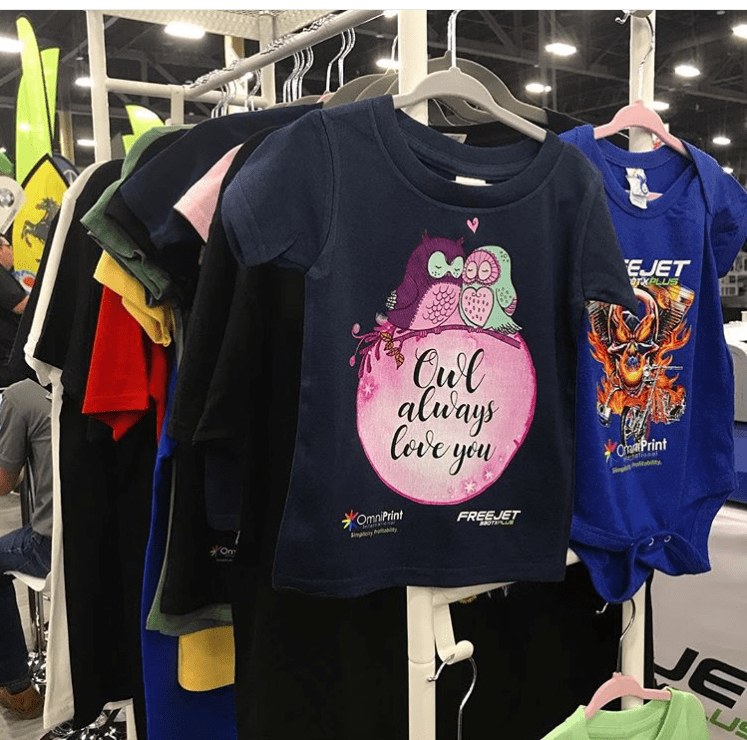
Direct to Garment (DTG) printing can be a solution for small quantities and has the potential to produce exclusive products that are not easily replicated. The quality of prints is very good and they can last longer for up to 50 washes, provided the DTG pretreatment solutions are used appropriately and the DTG printer is maintained well. The product quality is only possible if a detailed process is followed for the production task.
As a new business owner of a custom t-shirt printing venture, being unaware about the steps to be followed for the printing process may be harmful. So, we’ve brought to you the simple 4-step guide to help you make the most of your investments in the DTG printers and launch a successful custom t-shirt printing business.
Step 1. Prepare Artwork
It all starts with a vector or raster file that you would want to print on the garment. Before you proceed with the printing process, it is important that the files must first be checked for compression artifacts, color profiled. After the file adjustment process, it is sent off to the Direct To Garment (DTG) department to have an .arp file created.
Step 2. Prepare Garment
This is the step that defines the quality of print the DTG inks will leave on your custom t-shirt or other fabric. This step applies only for the light colored garments that come right out of the box and go directly onto the printer. During this step, DTG pretreatment solutions are applied on the garments so it is able to absorb the inks easily and has better appearance than the untreated clothing.
Step 3: Printing
Relax as the manual labour work is finished now. This is the step where the printer has to lay up to three layers of ink in a consistent with no errors. It is important to ensure using the right mix of DTG inks and clean the printerhead after every printed batch so the machine is able to last longer and perform better.
Step 4: Drying & Final Quality Inspection
This is the final step of DTG printing using a promotional product printer. If you are using white DTG inks on the garment, it is important to cure it properly so it must be kept in 356 degrees for at least 5 minutes. After the time, make sure to inspect the garment for any imperfections. This step ensures you are delivering only quality products to the clients. After all, client satisfaction is the most important thing these days, especially when the competition is quite tough out there.
Whether you are a small custom t-shirt printing venture or have a company with a huge customer base, it is important that all the steps of custom t-shirt printing are followed carefully with no exceptions at all. Following these steps ensures that the quality is consistent and you are delivering quality products to the target audiences.
These steps ensure you stand true to your 50-wash guarantee!